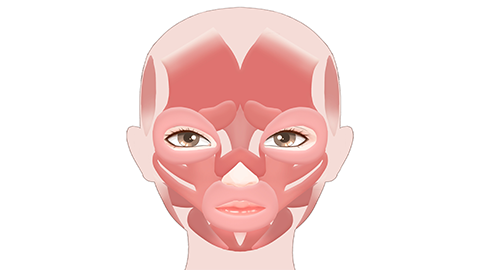What are the risks if the skull cannot be reattached?
Generally, the possible risks of not replacing the skull bone mainly include increased risk of infection, abnormal cranial molding, fixation device failure, nervous system damage, and increased postoperative complications. The specific analysis is as follows:

1. Increased Risk of Infection
The skull serves as an important barrier protecting the brain. After craniotomy, directly replacing the skull bone may increase the risk of infection due to bacteria and other pathogens in the air. Postoperatively, the skull typically needs to be exposed to air to promote wound healing, and direct replacement may disrupt this natural healing process.
2. Abnormal Cranial Molding
The skull gradually molds during growth and development to adapt to the shape and function of the brain. Postoperatively, the skull's shape may change, such as developing depressions or protrusions at the surgical site. Directly replacing the skull bone may interfere with this molding process, leading to abnormal skull structure, which can affect normal brain development and function.
3. Fixation Device Failure
Craniotomy typically involves the use of skull fixation devices such as screws or metal plates to stabilize the skull bone. If the skull bone is directly replaced without proper fixation, it may lead to failure of these fixation devices, increasing the risk of skull displacement and affecting surgical outcomes and patient recovery.
4. Nervous System Damage
Directly replacing the skull bone may cause damage to surrounding nerve tissues due to improper handling. This damage may lead to neurological dysfunction in patients, such as hemiplegia, sensory abnormalities, or slurred speech. Persistent symptoms may significantly impact the patient's daily life.
5. Increased Postoperative Complications
Due to the aforementioned risks, directly replacing the skull bone may result in increased postoperative complications. These complications may include wound infection, bleeding, cerebrospinal fluid leakage, etc. These complications not only increase the patient's suffering and financial burden but may also prolong recovery time and affect surgical outcomes.
After craniotomy, doctors typically decide whether to perform cranial repair surgery and choose appropriate repair materials and fixation methods based on the patient's specific condition and surgical requirements. The purpose of cranial repair surgery is to restore the skull's structure and function, protect the brain, and reduce the risks of infection and other complications. Patients and their families should communicate fully with doctors to understand the risks and benefits of surgery and make decisions based on medical advice.
References:
[1] Shi Weicheng, Chen Shaowei, Wang Zhiwei, et al. Risk factors and risk prediction model for CNS infection after craniotomy for spontaneous intracerebral hemorrhage[J]. Medical Theory and Practice, 2025, 38(03): 469-471.
[2] Zhang Danmei, Yuan Li, Zhu Qi. Construction and evaluation of a risk prediction model for intracranial infection after craniotomy[J]. Chinese Journal of Infection Control, 2022, 21(05): 439-446.








